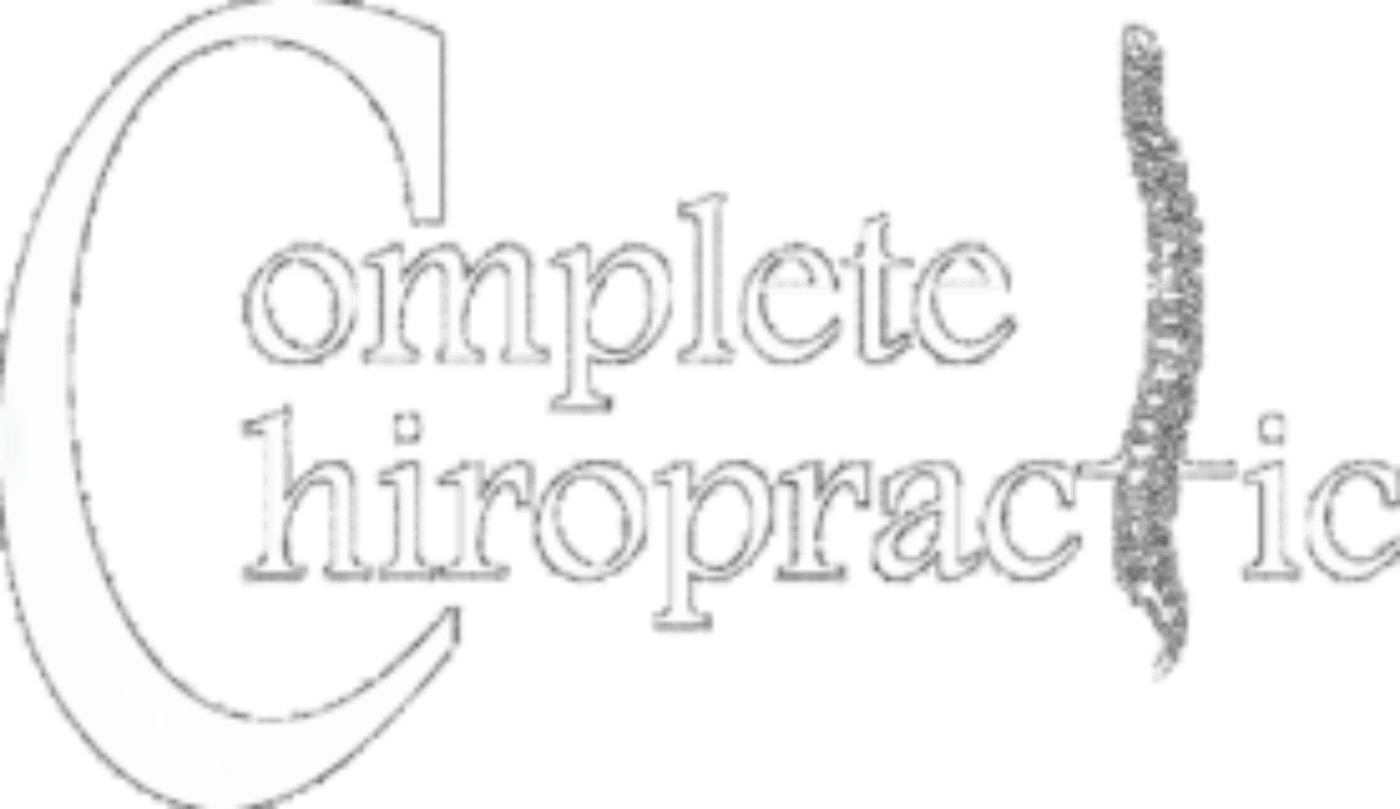Please visit our Health Blog for new research on Chiropractic and Natural Choices and your Health.
Back Pain
-
Chou, R et al. (2007). Diagnosis and Treatment of Low Back Pain: A Joint Clinical Practice Guideline from the American College of Physicians and the American Pain Society. Annals of Internal Medicine, 147: 478-491
“For patients who do not improve with selfcare options, clinicians should consider the addition of nonpharmacologic therapy with proven benefits—for acute low back pain, spinal manipulation; for chronic or subacute low back pain, intensive interdisciplinary rehabilitation, exercise therapy, acupuncture, massage therapy, spinal manipulation, yoga, cognitive-behavioral therapy, or progressive relaxation.”
-
Bronfort, G et al. (2008). Evidence-informed management of chronic low back pain with spinal manipulation and mobilization. The Spine Journal, 8: 213-225.
This review looked at random controlled trials evaluating the therapeutic efficacy of spinal manipulative therapy and mobilization of chronic low back pain through the year 2006. The article states:
“The preponderance of the evidence for efficacy, including recent high-quality trials, and the estimated very low risk of serious AE (adverse effects) support SMT (spinal manipulative therapy) and MOB (spinal mobilization) as a viable portion for the treatment of CLBP (chronic low back pain).”
-
Hoving, J. L. et al. (2002). Manual Therapy, Physical Therapy, or continued Care by a General Practitioner for Patients with Neck Pain. Annals of Internal Medicine, 136, 713-722.
Neck Pain
This study was a random controlled trial evaluating the therapeutic efficacy of manual therapy, physical therapy, and continued care by a general practitioner for non-specific neck pain.
Manual therapy used joint mobilization and spinal manipulation. Physical therapy used a combination of treatments having active exercise therapies at the cornerstone. Continued care by a general practitioner gave advice including advice on self-care and ergonomics. Medication was prescribed if necessary by the general practitioner.
“The success rate at 7 weeks was twice as high for the manual therapy group (68.3%) as for the continued care group (35.9%).” “Physical dysfunction, pain, and functional disability were less severe in the manual therapy group than in the continued care and physical therapy groups.”
“Patients receiving manual therapy had fewer absences from work than patients receiving physical therapy or continued care.”
- Boline, PD, et al. Spinal Manipulation vs. Amitriptyline for the Treatment of Chronic Tension-Type Headaches: a Randomized Clinical Trial. J Manipulative Physiol Ther 1995 Mar-Apr;18(3):148-54.
The purpose of this study was to compare spinal manipulation and a medication amitriptyline in the treatment of chronic tension headaches. Amitriptyline is an antidepressant and therefore should help reduce tension.
Results: During the treatment period, both groups improved at very similar rates in all primary outcomes. In relation to baseline values at 4 wk after stopping treatment, the spinal manipulation group showed a reduction of 32% in headache intensity, 42% in headache frequency, 30% in over-the-counter medication usage and an improvement of 16% in functional health status. By comparison, the amitriptyline therapy group showed no improvement or a slight worsening from baseline values in the same four major outcome measures. Also, 82.1% of the particpipants in the medication group reported side effects that included drowsiness, dry mouth and weight gain. In comparison on 4.3% of the spinal manipulation group reported side effects which included mild neck soreness and stiffness.
Chiropractic care is more effective in the long-term outcome of chronic tension headaches than the drug amitryptyline.
Kids and Chiropractic
- Wickens K, Pearce N, Crane J, Beasley R. Antibiotic use in early childhood and the development of asthma. Clin Exp Allergy. 1999 Jun;29(6):766-71.
and
-
Kozyrskyj, A.; Pierre, E. and Becker, A. Increased Risk of Childhood Asthma From Antibiotic Use in Early Life. http://www.medscape.com/viewarticle/560029. 2007 July 20.
These 2 studies look at the relationship between antibiotic usage in the first year of life and the development of asthma in childhood. Both studies found a correlation between the two, with the highest likelihood of developing asthma being after receiving four or more courses of antibiotics. More research is needed in this area but this study is a starting off point for further research.
Antibiotic usage in infancy is generally used for ear infections. According to the American Academy of Pediatrics (AAP) the management of children with suspected ear infections should be watch and wait. Often time ears infections are caused by a virus, in which case antibiotics wouldn’t help. There are many ways to treat an ear infection without antibiotics. Please ask your chiropractor how.
- Wiberg, JM, Nordsteen, J, Nilsson, N. The Short-term Effect of Spinal Manipulation in the Treatment of Infantile Colic: A Randomized Controlled Clinical Trial with a Blinded Observer. J Manipulative Physiol Ther 1999 Oct; 22(8):517-22.
This study was designed to test the theory that chiropractic manipulation has an effect on decreasing the symptoms of colic. The study was done on infants in a chiropractic practice and at the National Health Service’s health visitor nurses in the suburb Ballerup (Copenhagen, Denmark). One group was given chiropractic adjustments. The other group was treated wit
h the drug dimethicone, both for 2 weeks.
Results: By trial days 4 to 7, hours of crying were reduced by 1 hour in the dimethicone group compared with 2.4 hours in the manipulation group. On days 8 through 11, crying was reduced by 1 hour for the dimethicone group, whereas crying in the manipulation group was reduced by 2.7 hours. From trial day 5 onward the manipulation group did significantly better that the dimethicone group. A statistical significance was found in chiropractic care helping reduce symptoms of infantile colic over the medication dimethicone.
